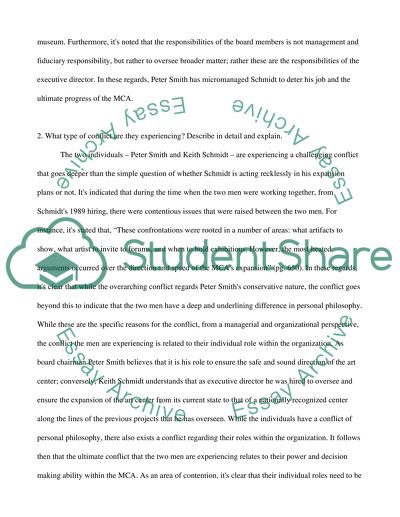Cite this document
(“Midwestern Contemporary Art Case Study Example | Topics and Well Written Essays - 2750 words”, n.d.)
Midwestern Contemporary Art Case Study Example | Topics and Well Written Essays - 2750 words. Retrieved from https://studentshare.org/visual-arts-film-studies/1573486-midwestern-contemporary-art-case
Midwestern Contemporary Art Case Study Example | Topics and Well Written Essays - 2750 words. Retrieved from https://studentshare.org/visual-arts-film-studies/1573486-midwestern-contemporary-art-case
(Midwestern Contemporary Art Case Study Example | Topics and Well Written Essays - 2750 Words)
Midwestern Contemporary Art Case Study Example | Topics and Well Written Essays - 2750 Words. https://studentshare.org/visual-arts-film-studies/1573486-midwestern-contemporary-art-case.
Midwestern Contemporary Art Case Study Example | Topics and Well Written Essays - 2750 Words. https://studentshare.org/visual-arts-film-studies/1573486-midwestern-contemporary-art-case.
“Midwestern Contemporary Art Case Study Example | Topics and Well Written Essays - 2750 Words”, n.d. https://studentshare.org/visual-arts-film-studies/1573486-midwestern-contemporary-art-case.


